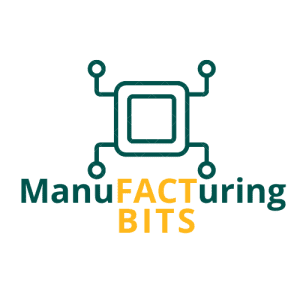Organizational Structure for Today’s Manufacturer

 Structure. It’s far more than just a hierarchy filled with names and titles. Structure is the core of your organization, managing all aspects – from how things are organized to how they work together. If there are gaps or missing pieces within the structure, nothing works to its full potential. Let’s look at some key facts about how structure plays out in your organization.
Structure. It’s far more than just a hierarchy filled with names and titles. Structure is the core of your organization, managing all aspects – from how things are organized to how they work together. If there are gaps or missing pieces within the structure, nothing works to its full potential. Let’s look at some key facts about how structure plays out in your organization.
Fact #1: Focus on who you are.
The most successful organizations target the specific type of customers and the work they want to perform. It can be easy to go down the path of accepting any work. Still, when you focus on the core services of your industry, your employees better understand the organizational purpose.
Job shops have an interesting balance of skill sets and machine capabilities. A core service of a job shop is adaptability.
One key leadership responsibility is strategically deciding how and when to expand services and ensuring that the structure is built for people to perform work.
Fact #2: Employees wear many hats in small organizations.
For manufacturers, it can be argued that their most important function is to create a finished product. The fact is that your organization only generates income when the product is out the door. However, additional functions like sales, HR, IT, and marketing are needed to achieve the greatest success.
Not all functions may require a full-time position; responsibilities may be added to additional roles in these cases. While this approach makes sense financially, consider what can happen if a person responsible for multiple functions leaves your organization. There are usually several machine operators that can perform a job.
Similarly, it is helpful to have some redundancy and cross-training for core functions to reduce risk. A gap in one of the core function areas, such as HR, can quickly lead to non-compliance situations. Examples include improper new hire documentation or OSHA injury reporting.
It’s a good idea to connect to external experts in these core areas in the event difficult situations or questions arise.
Fact #3: Too many hats cause burnout.
Getting the structure right in an organization can be challenging, especially with so many employees coming and going in today’s market. When employees exit, often the “easy” solution is to add those extra responsibilities to the plate of a high-performing employee. But we all know that there is only so much one person can do before burnout occurs.
Leaders have a responsibility to monitor employee workload to achieve balance. I encourage you to review the process in your organization. Determine if there are tasks that can be moved to a different role. Or return to Fact #1 and ensure that the work being performed is part of a well-oiled machine focused on growth.
Next Steps
For manufacturers, your organization’s structure is essential to the foundation for success. Join our webinar to learn more about how structure contributes to your organizational architecture and how to leverage it to meet your fullest potential.



